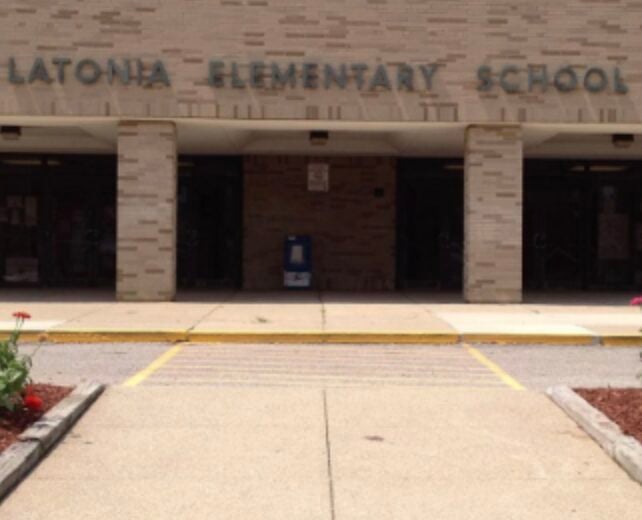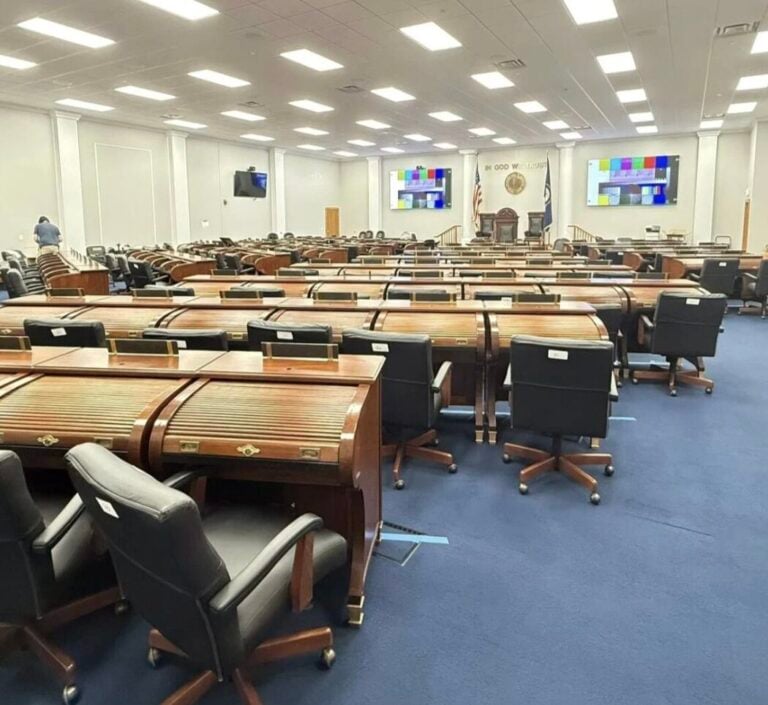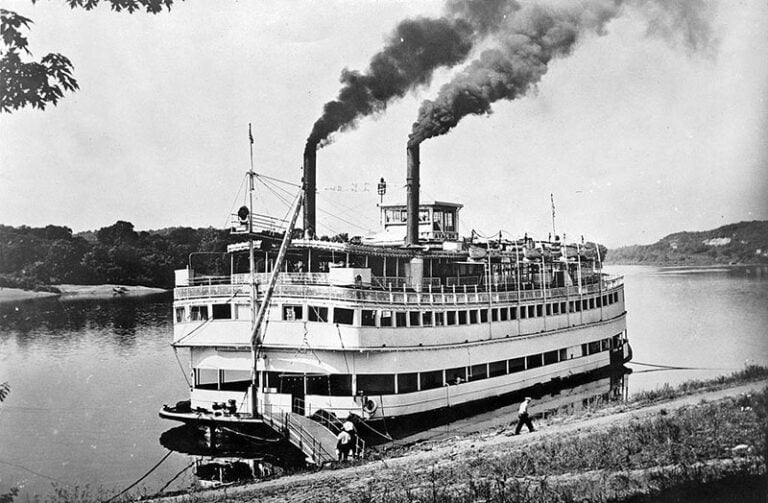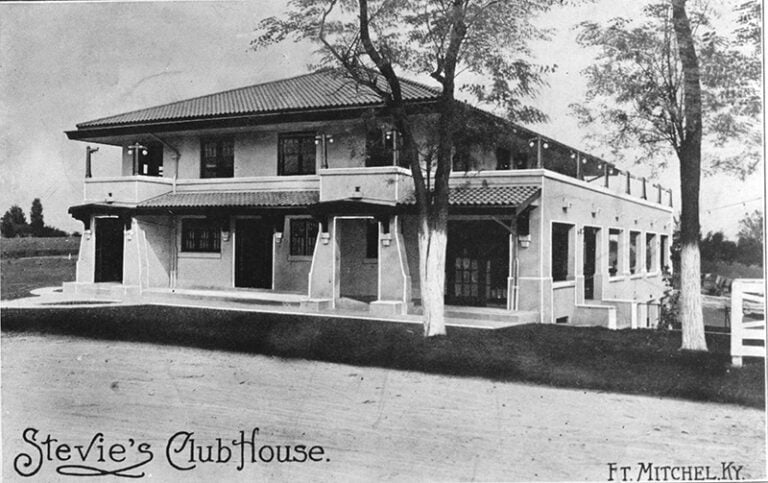“I am the king’s loyal servant but God’s first.” Thomas More
In the mid-‘90’s, Thomas More College President, the Reverend William Cleves made a contact at a national meeting with the president of St. Andrew’s College of Education, Bearsden Scotland. Located near Glasgow, this Roman Catholic College for training teachers had a history similar to Villa Madonna College/Thomas More College.
The president of St. Andrew’s invited us to consider collaboration with the potential exchange of students.
Fr. Cleves suggested I make a short trip to check out the possibility. The program and staff at St. Andrew’s were such a good match with our program. So much of Scottish education reflected the direction of recent Kentucky mandates. Our students would do well there.

The next fall semester, two of our seniors chose to spend their second placement of student teaching in Scotland. The two students made a smooth transition. Communication was easy and often.
And then, their fellow classmates, fellow student teachers came into my office one day. Having classmates in a Scottish elementary school was too fascinating to be missed. They wanted to take a quick trip to Scotland to see for themselves and I should take them.
We decided the only time would be over our Thanksgiving holiday break. That was just a few weeks away, but the arrangements were made easily. It would be quite a Thanksgiving weekend.
We would spend Friday and Saturday in London with their classmates coming down by train to join us. Lots of catching-up time.
These seniors wanted to make the very best of our time in London before taking the train to Scotland on Sunday. By request: Phantom of the Opera in its original London theater on reduced tickets. Then all the important sites in the city, our hotel being two blocks from Buckingham Palace. Making every minute count.
Sunday would begin with Mass at Westminster Cathedral, then a long, interesting train ride through England into Scotland and Bearsden. We would be staying in the St. Andrew’s dorms.
On Monday, we would spend the day as guests at the Scottish elementary school where their classmates were student teaching. A jam-packed Thanksgiving weekend.
In the busyness of that part of the college semester, a set of directions appeared on my desk. Visiting Thomas More’s cell in the Tower of London. Would that be possible? On that Saturday morning in London, the group headed out for their touring with our plan to meet at the Tower of London that afternoon. I wasn’t sure admission to the cell would be
possible but hoped. I headed to the Tower to see about arrangements.
The Chief Yeoman Warder met me immediately. Of course, he would be pleased to take us to the cell to begin our visit to the Tower that afternoon.
Within London, The Tower of London is a small but massive, fortress city built by William the Conqueror in the 1070’s. The thick stone walls contain the apartments for the Yeoman Warders who live there with their families, a garrison of soldiers, and a Resident Governor. The outer walls form a square with a high tower in each corner.
We arrived, were met by the Chief Warder and led to one of the corner towers. The Chief Warder cautioned quiet as we entered through a private apartment’s vestibule to head through a small door to narrow winding ancient stone stairs.
At the top of the winding stairs, we exited into a large hall with high rounded cubbies built into the thick walls.
This was Thomas More’s cell from 1534 until his beheading in 1535.
We knew Thomas More’s story, this Man for All Seasons, who said, “I am the King’s loyal servant but God’s first,” knowing the cost would be the charge of treason, beheading. Here in his cell, though almost five hundred years had passed, the reality of his life and death took on new meaning.

The Chief Warder explained the function of each of the cubbies: one for the bedroom, one for the kitchen, one for dining, one for the study, one for the lavatory.
I remember that my breathing was shallow. This was a hallowed place.
These dear young adults whom I had known as students and advisees were realizing this, too.
The Chief Warder concluded his remarks. We were quiet still. This was a different kind of tour. I had some prayer cards in my pocket, one of Thomas More’s prayers. With permission, we passed the cards around, giving one to the Chief Warder.
I asked, “Would it be okay if we read the prayer aloud together?”
And we did, the Chief Warder joining us.
Then he led the way down the stairs as I followed at the end. When I was outside, the students had offered their thanks and headed to see more of the Tower of London.
I struggled to find the words to express my thanks. The Chief Warder understood. He was Roman Catholic. The cell was a hallowed place for him, too. He appreciated its impact on us. He added that several years before, a group of Roman Catholic Yeoman Warders living in the Tower had meet once a week for prayers in the cell. His joining us in reading the prayer had been a special gift for him. He would keep the prayer card and remember that day and our visit.
The visit, an exceptional gift for us.
What an unforgettable Thanksgiving weekend!
Judy Harris is well established in Northern Kentucky life, as a longtime elementary and university educator. A graduate of Thomas More, she began her career there in 1980 where she played a key role in teacher education and introduced students to national and international travel experiences. She has traveled and studied extensively abroad. She enjoys retirement yet stays in daily contact with university students.


















The site of Thomas More’s beheading is across the street from the Tower of London and is noted with a memorial plaque. It is readily accessible.